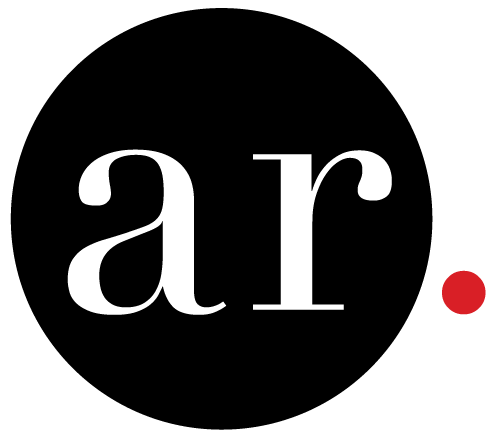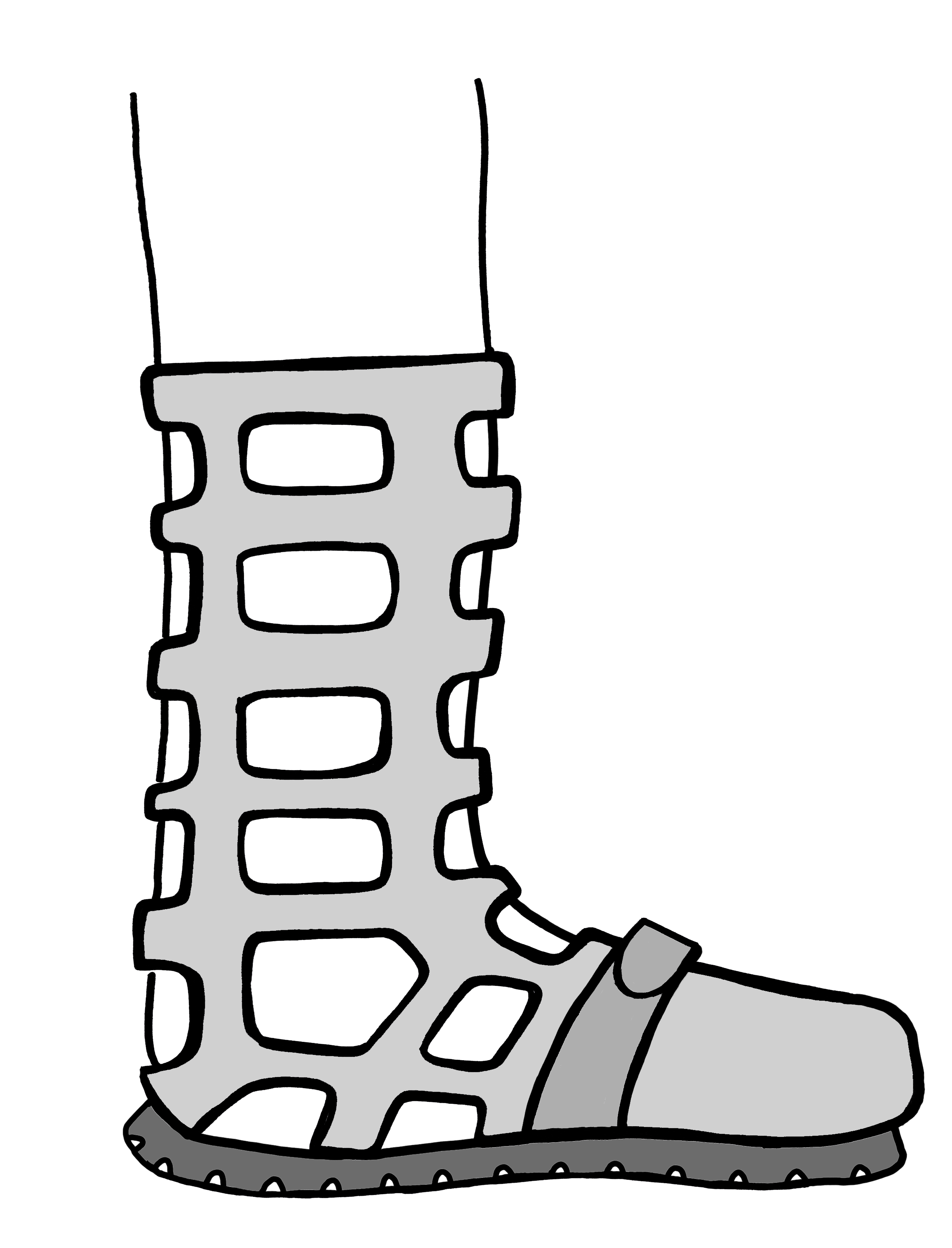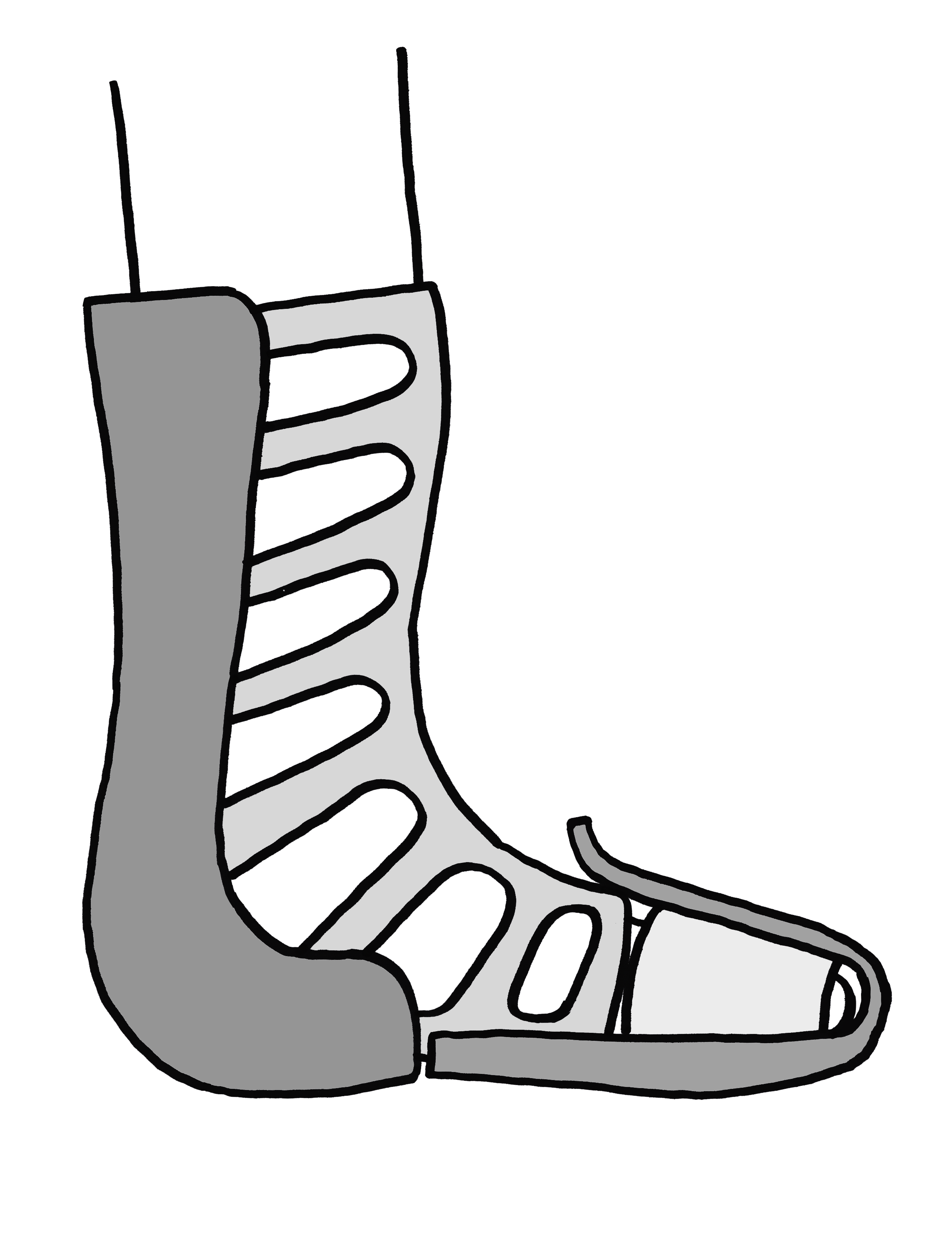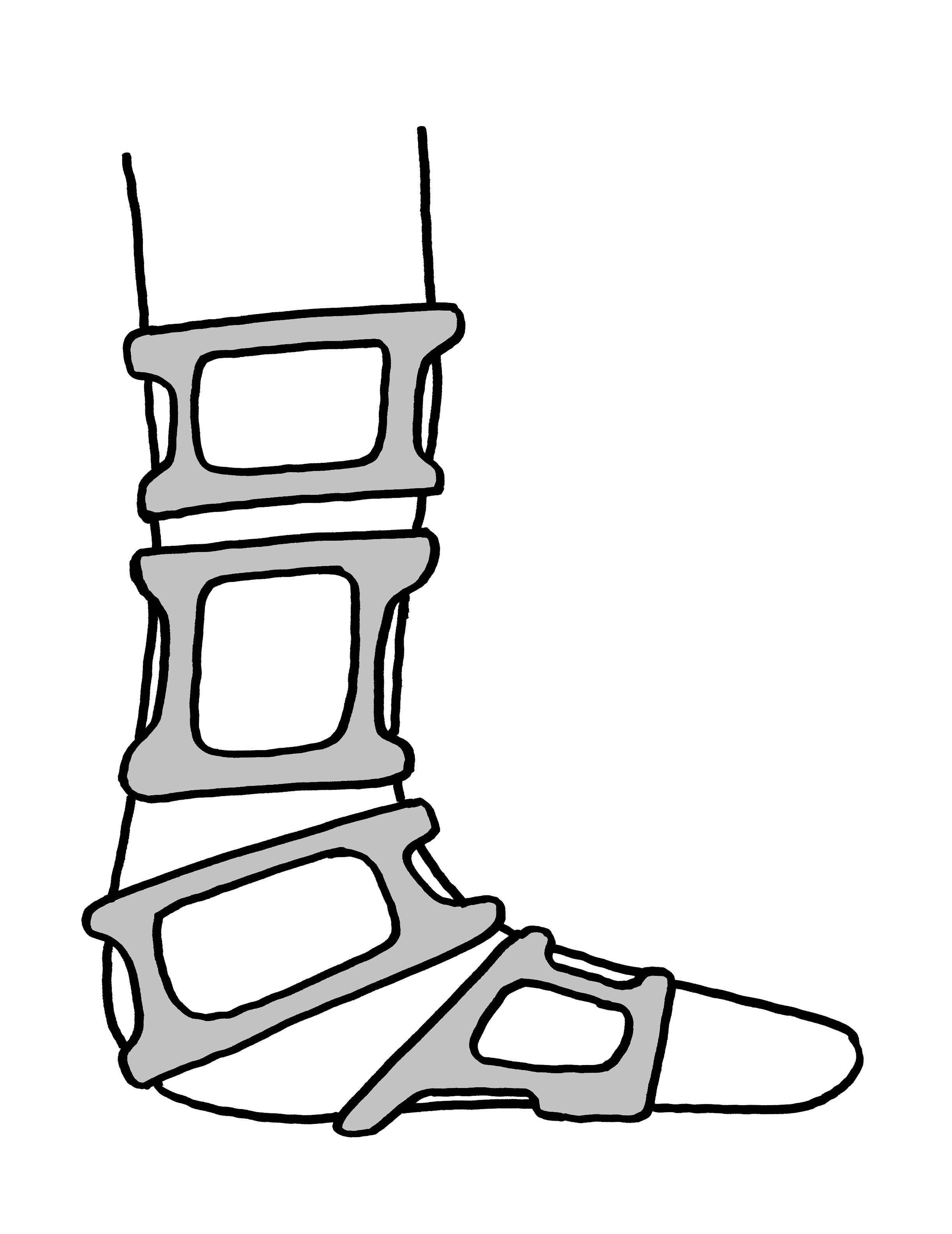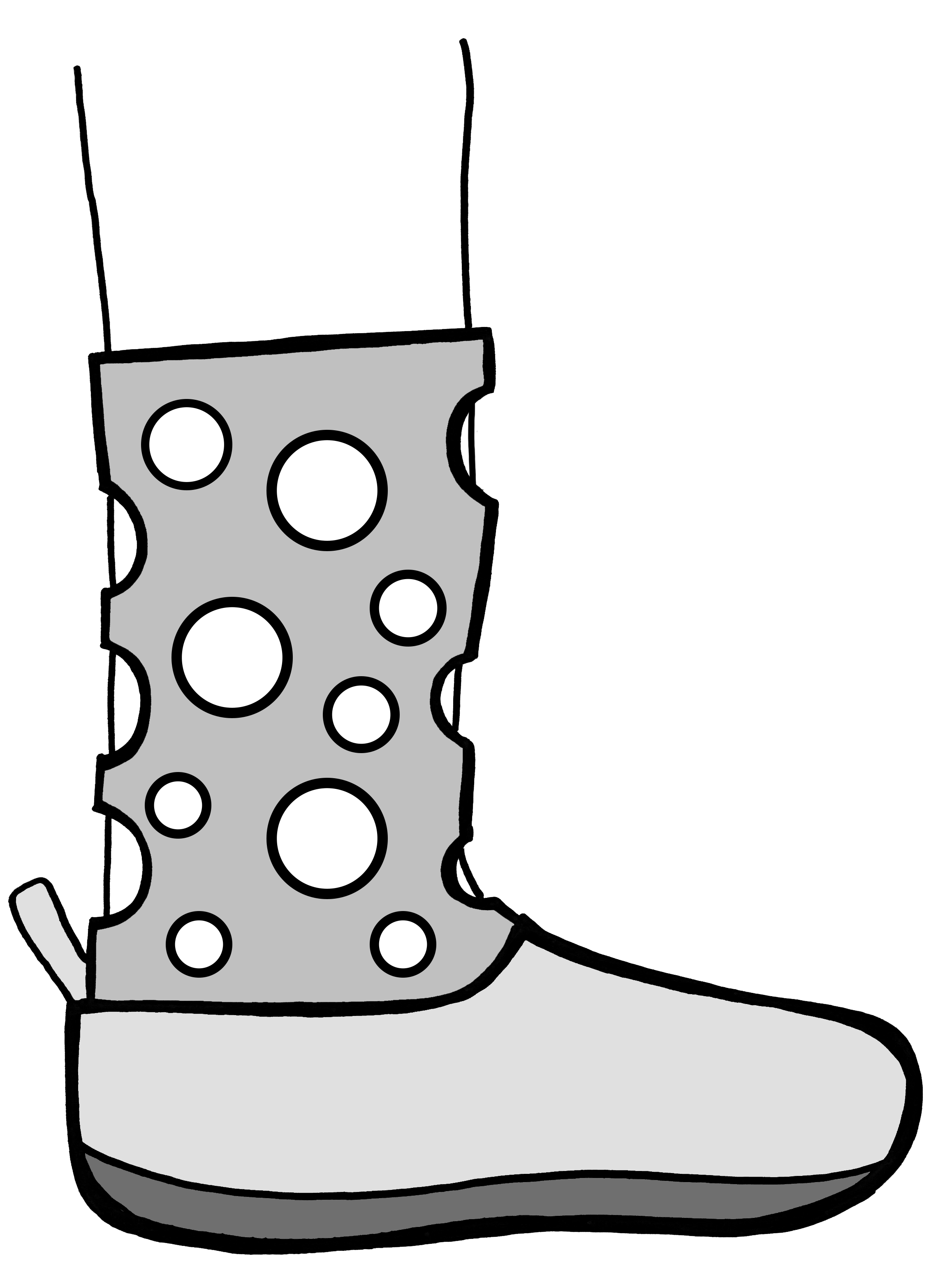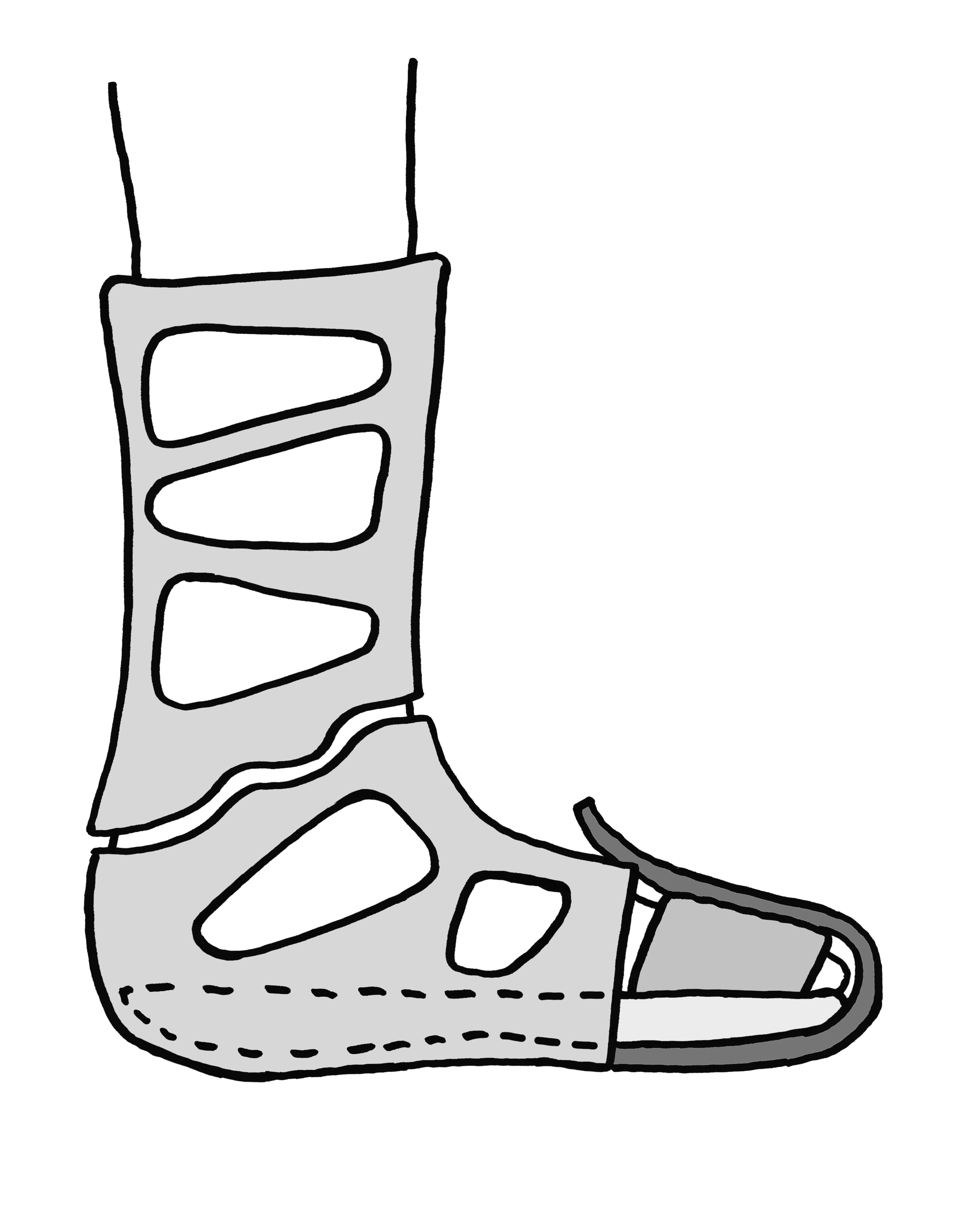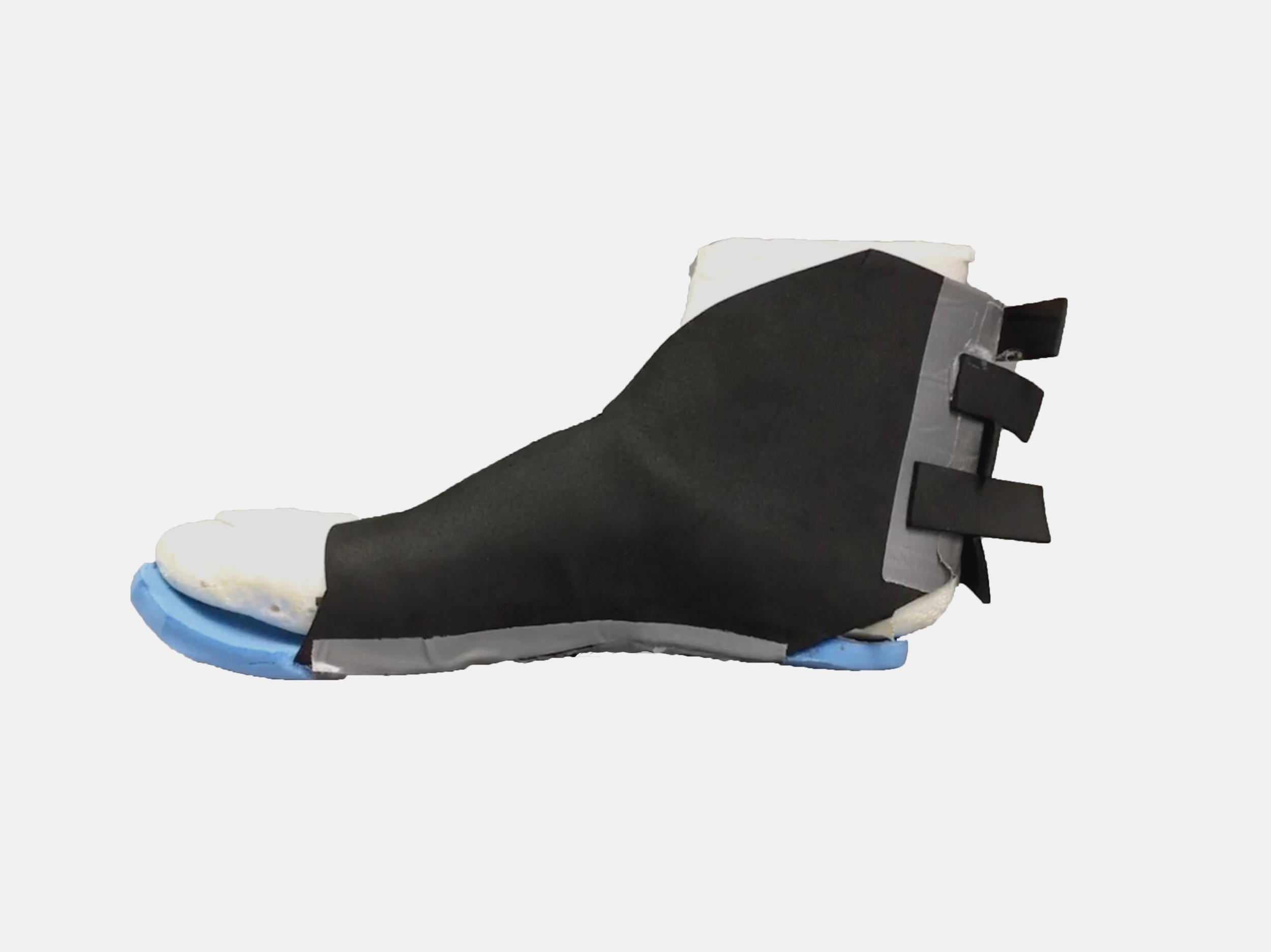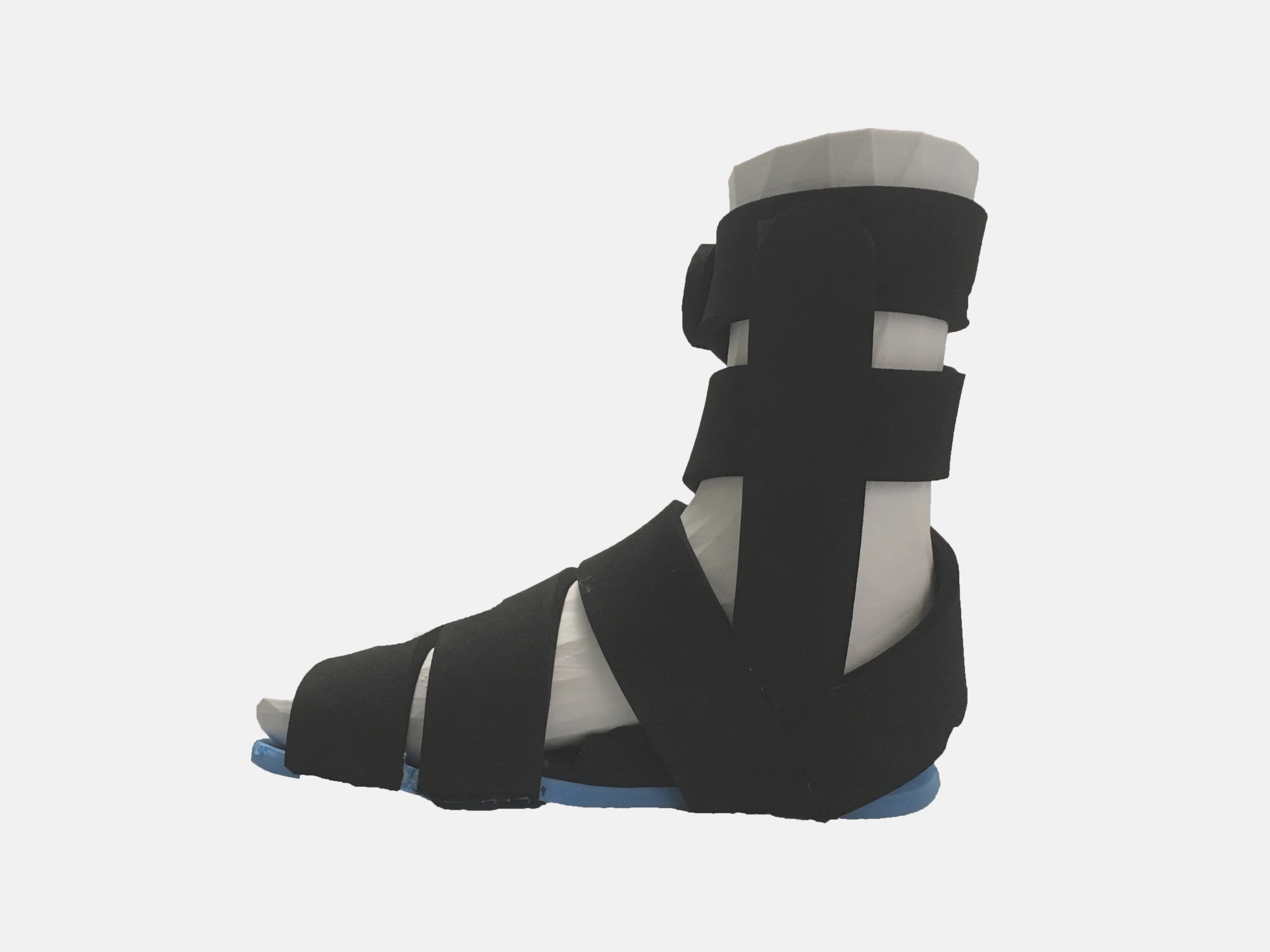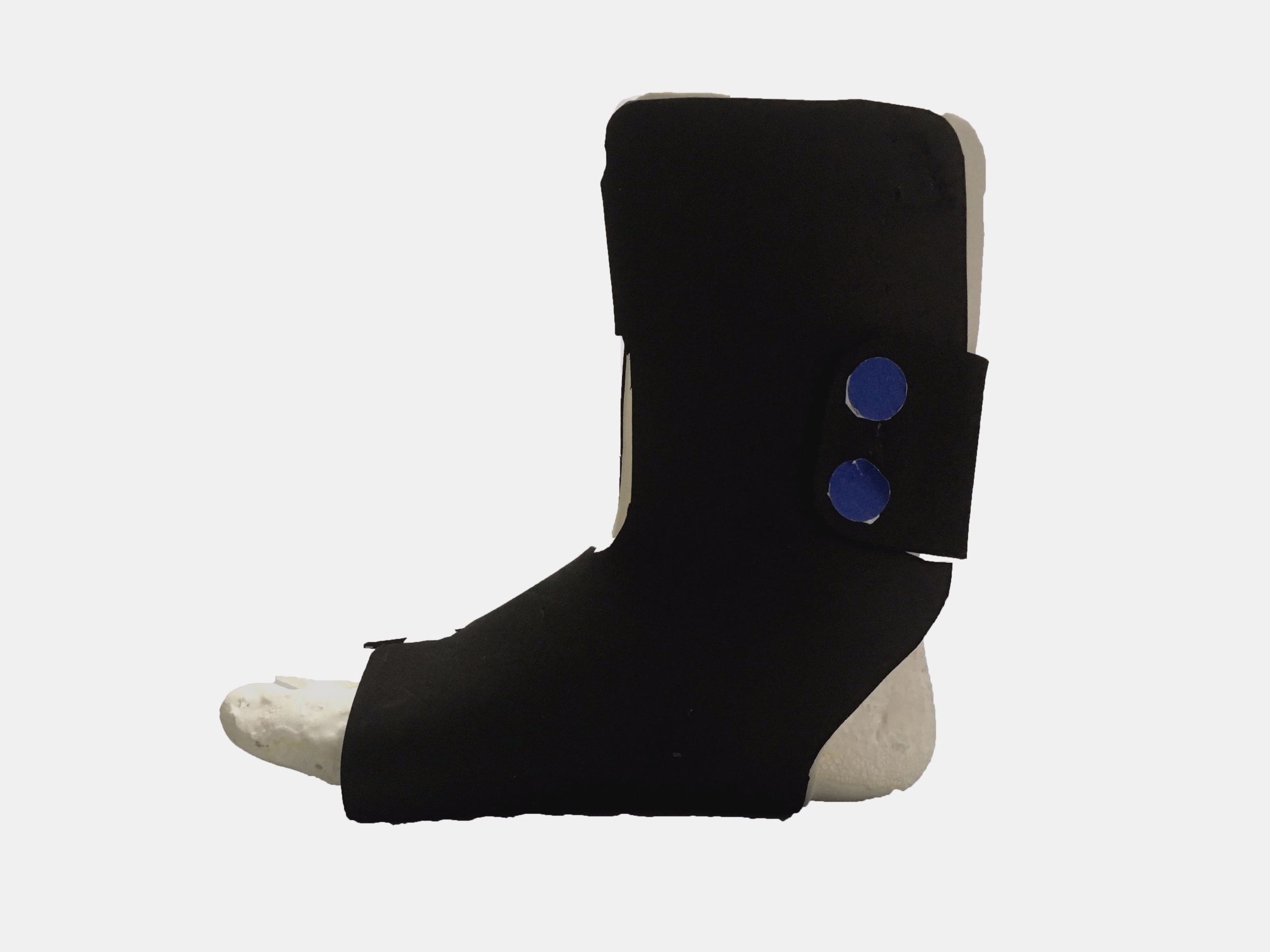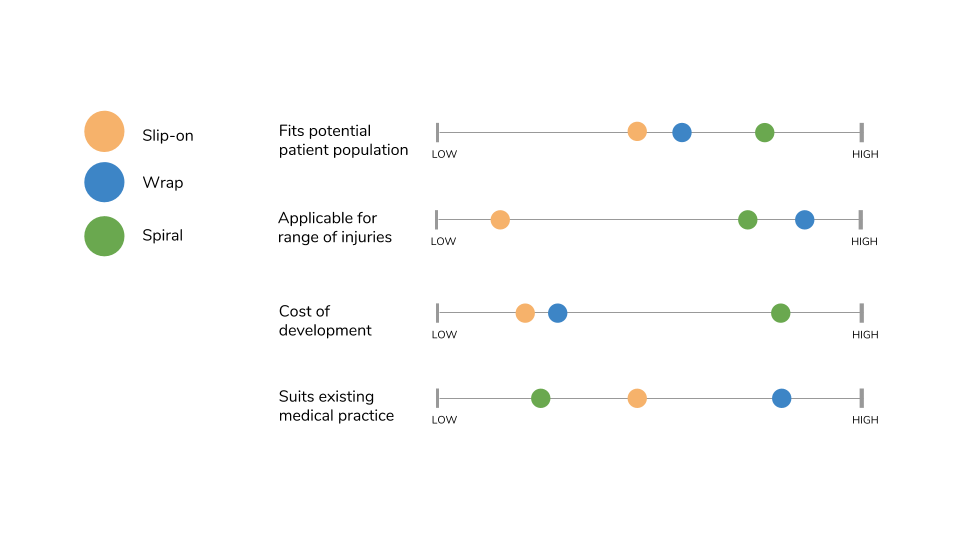Cast21
Client: Cast21
Team: Jianing Zhong, Sanya Karwani, Lewis Brown, Adithya Ravi
Mentors: Paolo Tanedo, Martin Thaler
Period: August, 2018 to December, 2018
Cast21 is a startup company inside the incubating environment mHub, in Chicago, that developed a new technology for casting fractured limbs. The technology uses polyurethane and a 2-part epoxy resin that has been implemented for a wrist cast that is breathable and waterproof. The team at Cast21 were looking for ways in which they could adopt this technology to treat ankle and foot injuries. Four of us at the IIT Institute of Design worked towards developing the new ankle and foot cast.
The Cast21 solution for the wrist
Briefing and Requirements
The Cast21 solution for the wrist involved a sleeve that slipped over the wrist and was then injected with a 2-part epoxy that would provide the structural stability. The sleeve itself was more of a perforated “exoskeleton” allowing for a lot of exposed skin at the site of injury. This ensured that sweat and bacteria would not accumulate on the hand causing skin deterioration (which is a major problem with the typical fiberglass and plaster casts).
For the ankle and foot area, the limb is naturally bent at a 90 degree angle. Putting a sleeve around this joint when it is immobile would be both uncomfortable and unsafe. This is where a well designed solution was required.
User Research
We interviewed a total of 5 patients as part of our initial research for the project.
Some of the crucial insights we gathered from these initial interviews were:
Casts and the alternative “walking” boot are clunky and very conspicuous
A lot of the patients were quoted as saying they felt like “Stormtroopers” when they were in a cast
Casts were also a hindrance to almost all daily activity. A boot is slightly less inhibiting.
One of our patients talking about the issues with a boot
Dr. Rachel Glick explaining the mechanics of “weight bearing” casting solutions
Medical Practitioner Research
We spoke to a total of 3 doctors. Dr. Rachel Glick became our primary orthopedic advisor through the course of the project.
Some of the key insights we gathered from these interviews include:
Casts are more efficient in the healing process because of the forced compliance from patients
Boots, however, are weight bearing solutions - they are robust enough for us to be able to walk on them
Accommodation for swelling needs to be considered so that the cast need not be changed during the period of recovery
Ease of application for doctors needs to be considered
Initial Concepts
The images show sketches of some initial concepts that incorporate the Cast21 technology. These were our reactions to the insights that we identified as part of the interviews and after analysing our research.
Preliminary Prototypes
We decided to adopt some of these concepts and develop prototypes that we would pitch to Cast21. The following pictures show the 4 prototypes we developed. The black portions of all the prototypes signify the Cast21 technology.
Concept Hybrid, in our own assessment was a complex product to be manufactured and used by doctors and patients. As a result, we decided to discard it while taking the other three concepts to patients and doctors for a review.
Patient Reviews
We took each of our prototypes to the patients we spoke to at the start of the project and assimilated their feedback. In short, the following were their opinions:
The low-profile design of concept Slip-on is appealing. However, it is questionable if the product can adequately support treatment for various injuries.
Spiral is cosmetically very appealing and seems customisable to the patients feet as well. The amount of support it would provide is uncertain.
Wrap seems simple and most similar to current solutions. An extra covering layer for the toes and heel were recommended
One of the patients examining the model for concept Spiral
Doctor Reviews
We took the concepts back to the doctors and a biomedical engineering professor at the Illinois Institute of Technology (Dr. Promila Dhar). Here are some of their opinions and suggestions:
A rigid sole is a requirement on all the concepts so as to better support walking and hence make the concept weight-bearing
Concept Wrap is very easy to connect to because of its similarity to existing concepts
Concept spiral would work for foot injuries
A customisable soft insole would be another good addition so as to accommodate for different in-step and out-step configurations for a variety of patients
Dr. Glick examining concept Wrap. This image later inspired the pitch of “cradling” a foot.
Concept Evaluation
After analyzing all the feedback we received from our patients and doctors, we developed a rubric for evaluating our concepts. We decided on four important parameters based on which each concept would be evaluated. We then plotted each of the three concepts on a continuum for each parameter based on all the data we had collected and in certain cases our own personal judgements.
Concept Wrap was the concept we decided to develop further for the final direction.
Final Design Direction
While concept Wrap was the final concept we selected, we still needed to develop it into a complete product. The concept itself centered around a single flat sheet of polyurethane (we mocked it up using neoprene) with soft-corner square shaped perforations. We added an external shoe-like cover to protect the heel and toes.
A profile view of the concept for both foot (left) and ankle (right) injuries
A digital sketch of the concept
Prototypes fabricated from neoprene
Learning
With this project, I learnt
The process of working with a client on a project
Working with a startup and imbibing a “product first” culture
Managing a project and a small team to get a specific outcome
The entire process of designing a product
